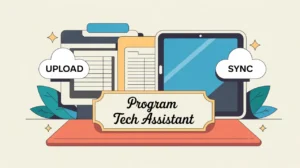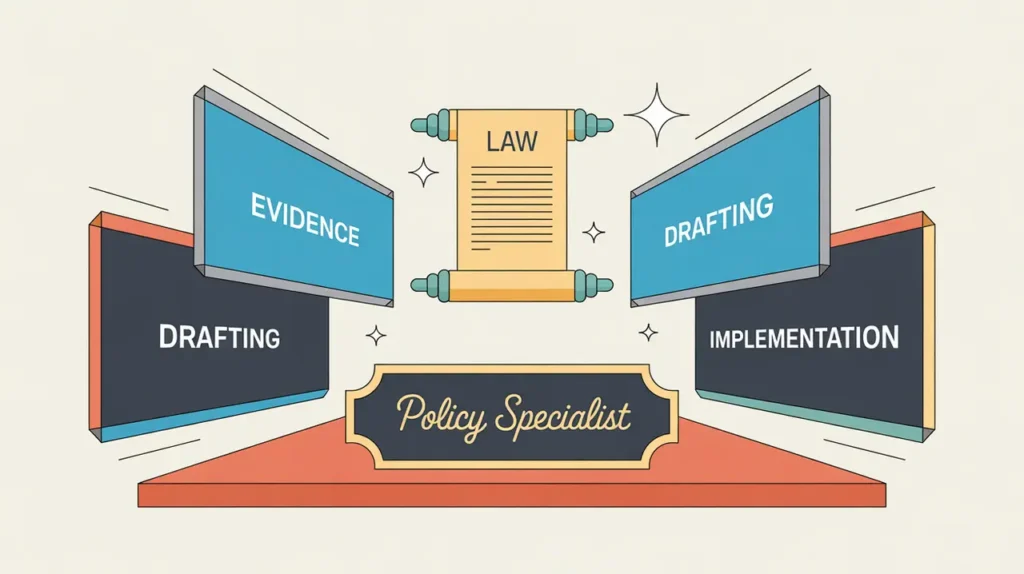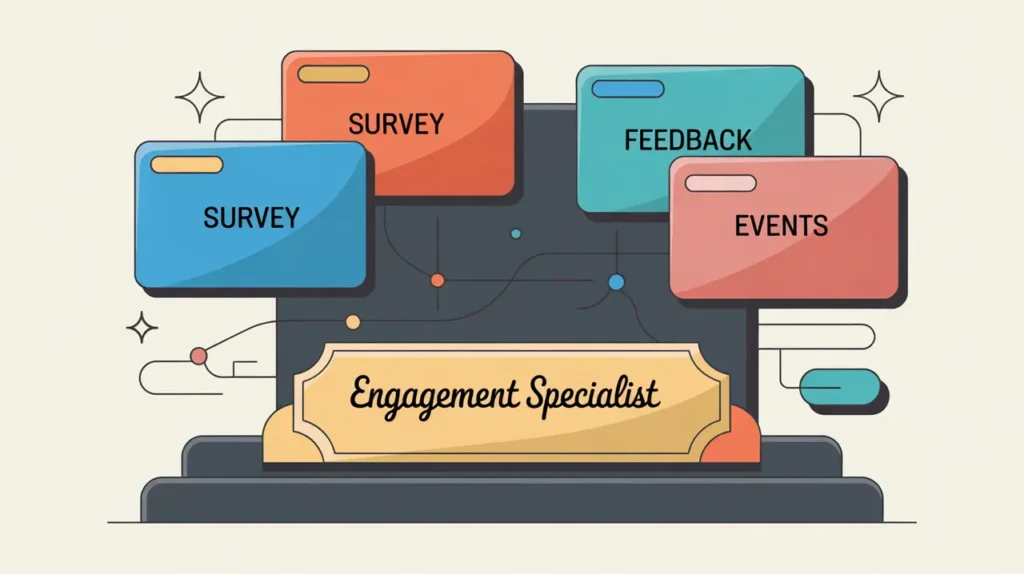What Does the Policy Lead Role Involve?
A Policy Lead is responsible for shaping and guiding an organization’s policy analysis, strategy, and advocacy efforts. They oversee policy research, monitor legislative and regulatory developments, develop organizational positions, and coordinate advocacy initiatives that advance the organization’s mission. Policy Leads often act as key interlocutors between the organization and external stakeholders, including government agencies, coalitions, think tanks, and the media.
In nonprofits and social enterprises, Policy Leads play a central role in ensuring that policy work is evidence-based, strategically aligned, and influential in shaping the external environment.
At What Level does this Role Operate?
Mid to Senior Level: Policy Leads typically operate with significant autonomy and strategic responsibility. They often report to the Director of Policy and Advocacy, Head of External Affairs, or Executive Director. They may manage analysts, associates, or research staff and coordinate closely with program, communications, and leadership teams.
Relative Employability: Policy Lead roles are in high demand across nonprofits, advocacy organizations, international NGOs, and think tanks. They are particularly relevant in organizations that engage in systems change, legislative advocacy, or evidence-based policy influence.
Relative Pay Scale: Policy Leads generally occupy the upper mid to senior pay bands. Compensation reflects their leadership, analytical expertise, and external engagement responsibilities, sitting above analyst and associate roles and below director-level positions.
What are the Key Responsibilities and Activities?
- Lead the development and execution of the organization’s policy strategy and advocacy priorities
- Oversee policy research, analysis, and monitoring of legislative and regulatory developments
- Develop and communicate policy positions, statements, and recommendations for internal and external audiences
- Coordinate cross-departmental collaboration to align policy work with programmatic and strategic goals
- Represent the organization in policy forums, coalitions, legislative hearings, and stakeholder engagements
- Build and maintain relationships with policymakers, partners, and influencers
- Supervise and mentor policy staff, ensuring high standards of analysis and communication
- Prepare policy reports, submissions, and strategic recommendations for leadership and boards
What Core Competencies and Qualifications are Needed?
Required Qualifications and Experience
The following reflect common qualifications and experience expected for this role, while recognizing that pathways may vary by context, organization, and region.
- Relevant academic background in public policy, law, political science, economics, or related fields
- Significant experience in policy analysis, legislative advocacy, or public affairs
- Strong understanding of legislative and regulatory processes relevant to the organization’s work
- Demonstrated ability to lead policy research and advocacy initiatives
- Experience in stakeholder engagement and external representation
Key Competencies
- Strategic thinking and ability to translate policy trends into actionable strategies
- Excellent research, analytical, and writing skills
- Strong communication and facilitation abilities for internal and external audiences
- Leadership and team management skills
- Political acumen and ability to navigate complex policy landscapes
- Capacity to represent the organization credibly in high-level settings
How are AI and Automation Shaping this Role?
An AI-native Policy Lead can use AI tools to monitor legislative developments across multiple jurisdictions in real time, synthesize large volumes of policy research, and generate draft briefs or position statements quickly. Predictive analytics can support scenario planning and strategy development, while generative AI can accelerate the production of tailored advocacy materials. These tools enhance the speed, scope, and precision of policy work, allowing Policy Leads to focus on strategic engagement and influence.
What Career Pathways and Transferable Skills are Associated with this Role?
Policy Leads can progress to roles such as Director of Policy and Advocacy, Head of External Affairs, or Executive Director. Their strategic, analytical, and representational skills are transferable to leadership positions in government, think tanks, philanthropy, and international organizations. Over time, they may shape policy agendas at a national or global level, lead major advocacy coalitions, or set organizational strategy related to public policy and systems change.







